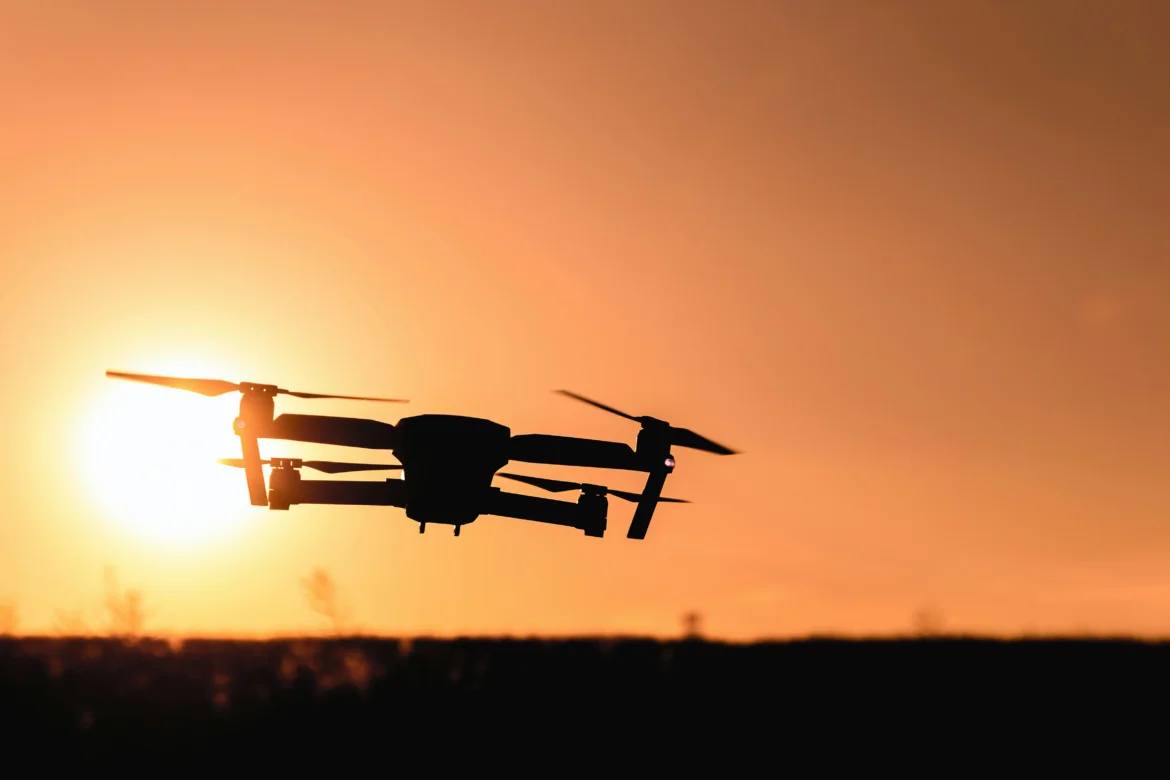The Pentagon is set to advance its air force capabilities through the development of new artificial intelligence (AI)-guided planes, as part of a massive $6 billion overhaul program. This initiative, known as the Collaborative Combat Aircraft (CCA) project, aims to introduce over 1,000 AI drones to bolster the U.S. Air Force.
These AI drones are envisioned to operate alongside traditional human-piloted jets, providing crucial support by acting as escorts with full weapons capabilities, scouting enemy territory, or serving as communications hubs. The move marks a significant shift towards integrating AI technology into military operations, as reported by The Wall Street Journal.
Several prominent private companies have thrown their hats into the ring, competing for the coveted contracts to develop these advanced drones. Among the contenders are aerospace giants Boeing, Lockheed Martin, Northrop Grumman, as well as General Atomics and Anduril Industries. While Boeing has unveiled its Ghost Bat model, showcasing its ability to fly just below the speed of sound and cover over 2,000 nautical miles, other companies have also demonstrated their innovative approaches to AI-driven aerial combat.
Anduril Industries, founded by Oculus VR inventor Palmer Luckey, has presented its Roadrunner drone, lauded for its low-cost yet high-quantity production potential. This jet-powered combat drone utilizes AI navigation, offering sophisticated reconnaissance capabilities at a fraction of the cost of traditional military aircraft.
Similarly, General Atomics has showcased its Avenger Unmanned Aircraft System, highlighting its autonomous capabilities through live, virtual, and constructive combat missions. With a focus on AI and machine learning, General Atomics aims to set new standards for operational efficiency and decision-making in dynamic military environments.
Lockheed Martin has also entered the fray, demonstrating its prowess in integrating AI into aircraft systems. The company’s VISTA X-62A training plane, piloted by AI operating systems, impressed experts with its endurance during a 17-hour flight in early 2023.
The Pentagon’s pursuit of AI-guided drones underscores its commitment to modernizing military capabilities while optimizing costs. Deputy Secretary of Defense Kathleen Hicks emphasized the importance of deploying AI-enabled autonomous vehicles, heralding a new era of agility and innovation in U.S. military operations.
As the competition heats up among aerospace industry leaders, the race to develop next-generation AI drones promises to reshape the future of aerial warfare, ushering in a new era of strategic capabilities for the U.S. Air Force.
For more such insightful news & updates around AI or Automation, explore other articles here. You can also follow us on Twitter.


Leave a Reply